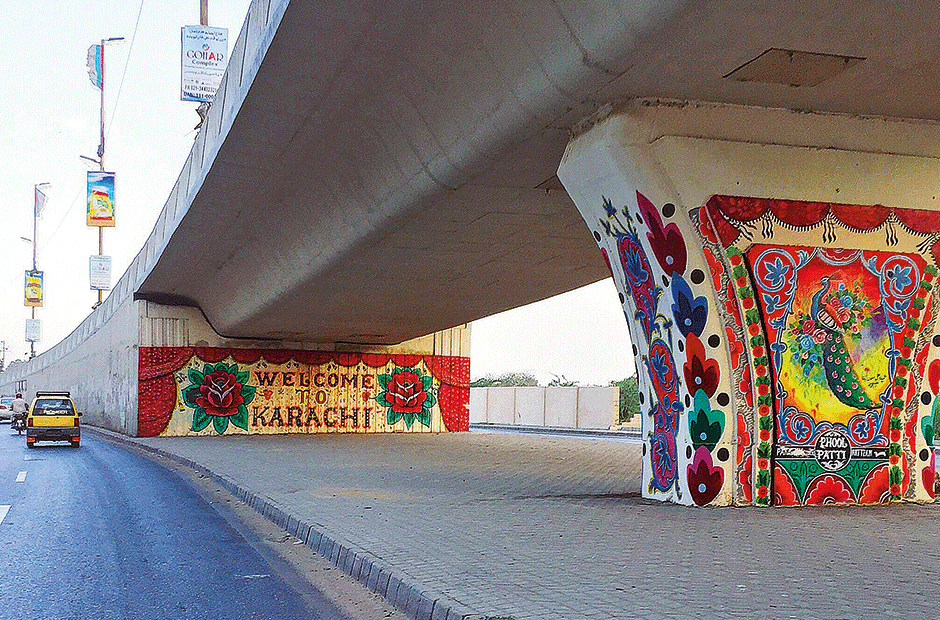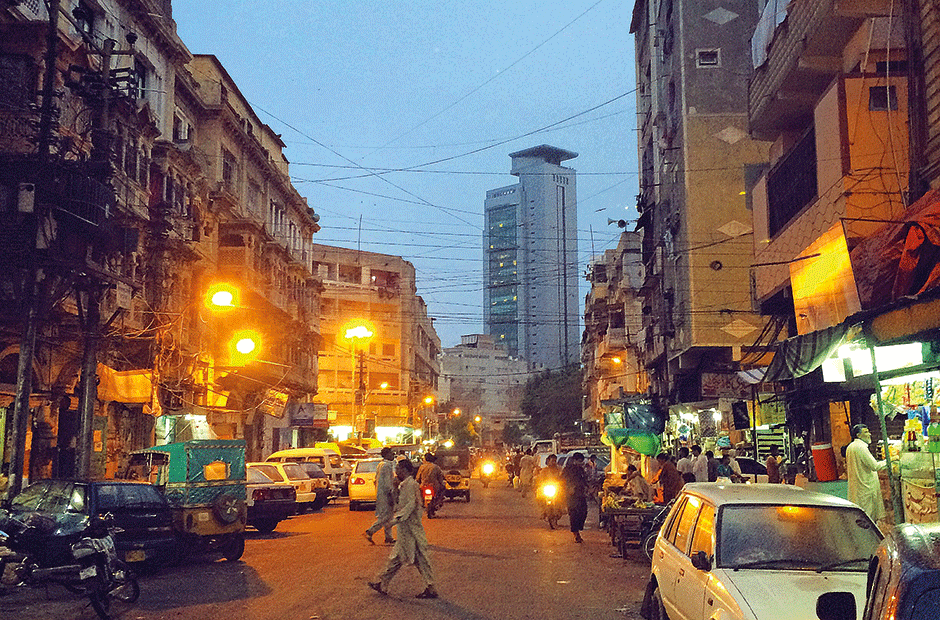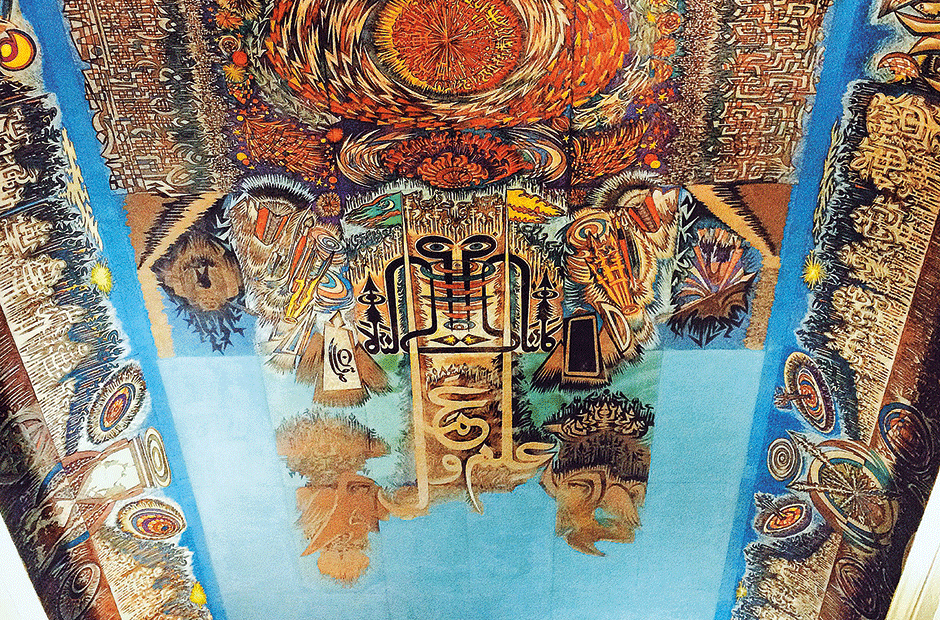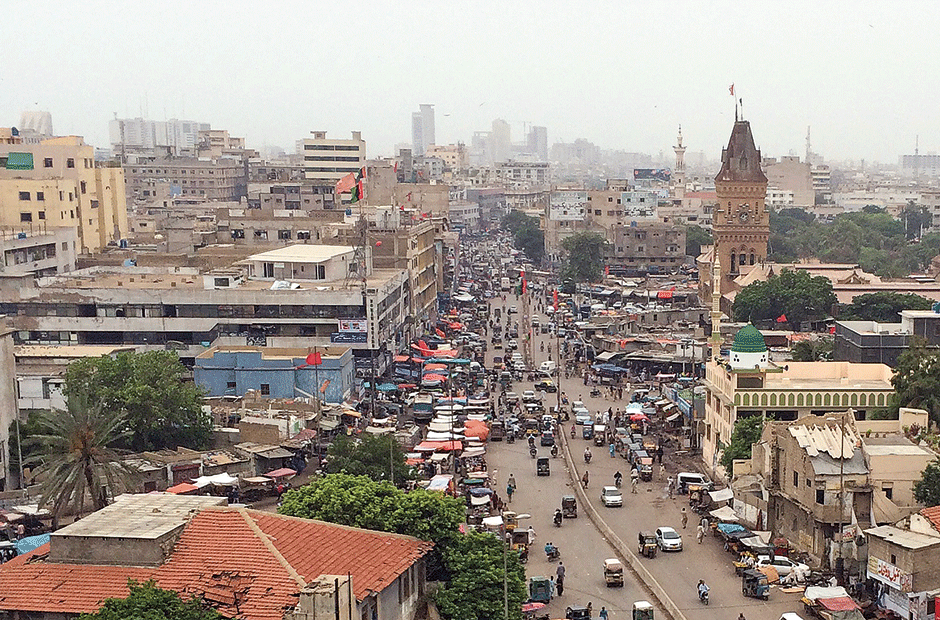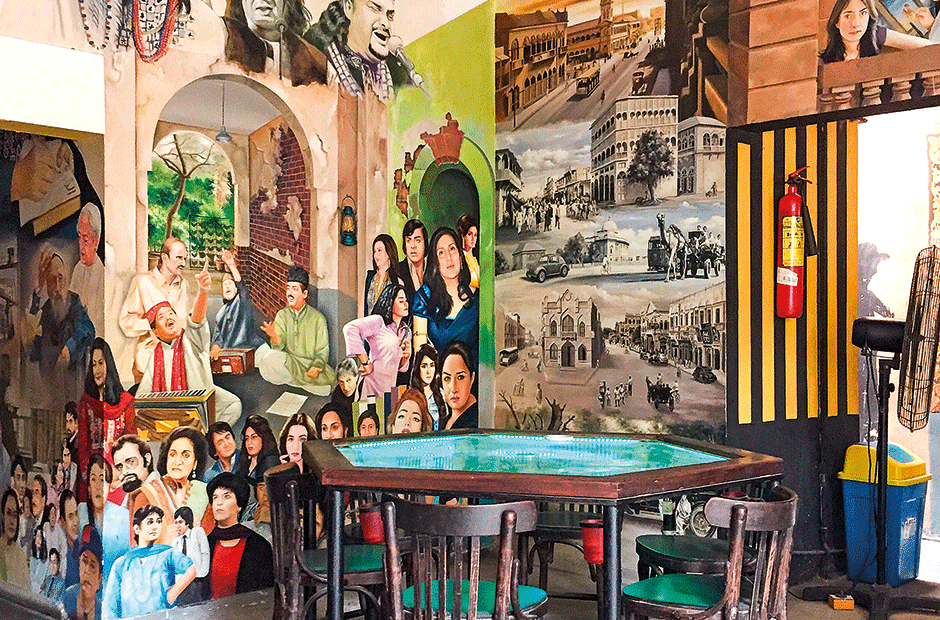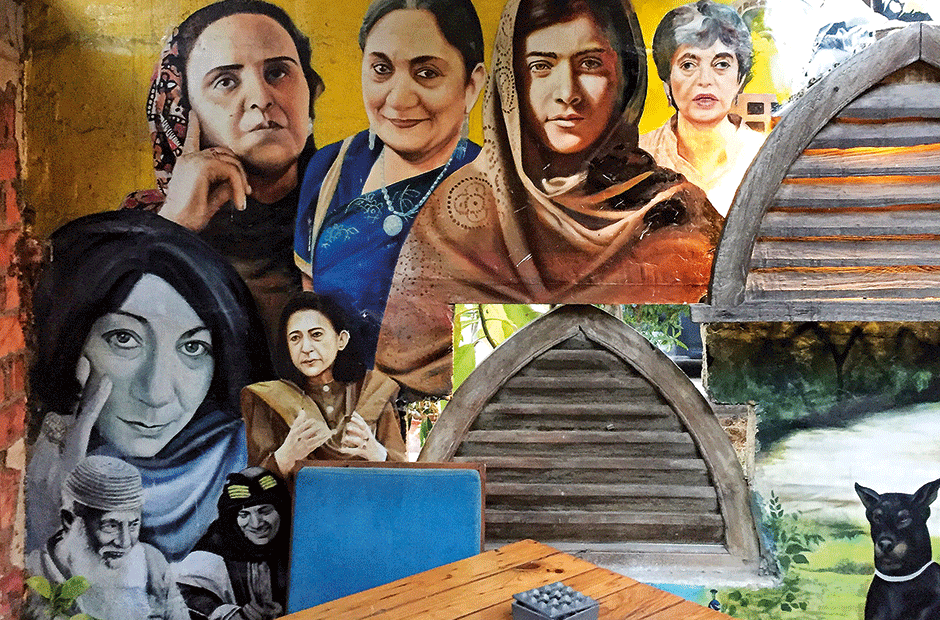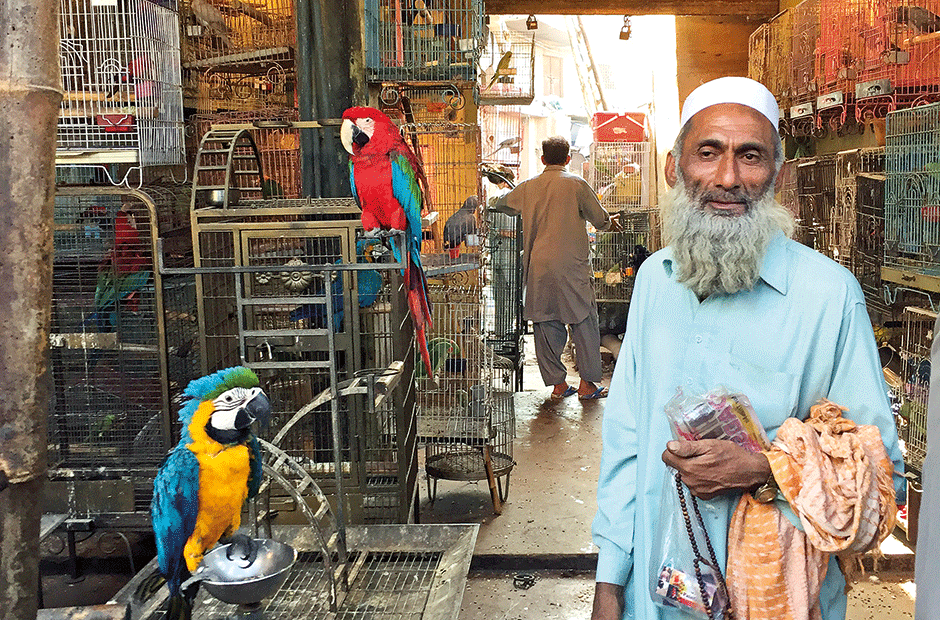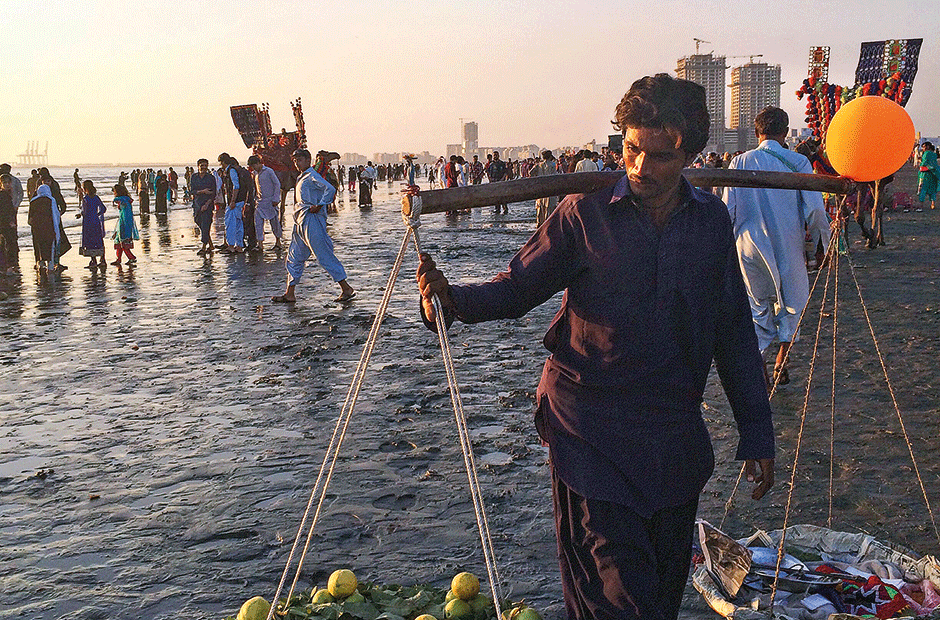Unlike other cities in Pakistan, Karachi does not bear the distinction of giving birth to thousands of years of glorious civilisations or housing mighty empires within its boundaries. Not long ago, the city was just a mere fishing village on the shores of the Arabian Sea called Kolachi — named after a valiant Balochi fisher maid, who braved the rough waters of the Arabian Sea to save her husband from drowning. It wasn’t until the arrival of the British East India Company — on February 1, 1839 — that this backwater fishing village started to transform itself into a major trading hub.
Within the span of a few years, Karachi underwent a rapid transformation: from modern markets and a bustling tram system to numerous beautification projects the city was on the road to success. Being a year-long warm water port located a stone’s throw away from major trading hubs in the region, the city of Karachi started to attract migrants from all over the world including Afghans, Parsis, Goan Christians, Burmese, Chinese, Arabs and more. This led to the metamorphosis of Karachi from a small fishing village to the present-day mega city almost overnight.
When Pakistan declared its independence from the British Empire in 1947, Karachi bore the burden of being designated the capital city of a nation in its infancy. At the time of independence Karachi opened its doors to a new wave of migrants — the Muslims from India collectively referred to as the Muhajjirs. The Muhajjir community came from all corners of India from Delhi to Kolkata to Gujarat and everywhere in between. Each brought with them a piece of their culture and tradition to Karachi, adding to the fabric of an already diverse city. The city’s literati affectionately started referring to the city as Uroos Ul Bilaad (The bride among the cities) and Roshniyon ka shehr (City of Lights), because of its booming nightlife and cosmopolitan nature. With its burgeoning entertainment scene and thriving café culture, the city was a favourite regional stopover and weekend getaway hub until the mid seventies.
It was in 1977 when Karachi’s good times came to a screeching halt when General Zia Ul Haq deposed Zulfikar Ali Bhutto — the democratically elected leader of Pakistan — in a military-led coup and assumed office. He enforced a strict form of Sharia law all over the country. From this point onwards Pakistan slipped into a never-ending cycle of political, economic, sectarian and ethnic unrest and among all the cities, Karachi was hit hardest.
With the recent improving economic, political and security situation, the city is starting to suture its war wounds and heal itself. Home to a staggering population of more than 21 million people — the majority of whom are young and active — it is reinventing itself every day. From its thriving arts and crafts scene to a nascent performing arts scene, the city is all set to leave its dark days behind. A progressive and expanding middle class has brought with it a vibrant restaurant and café culture. Modern air-conditioned shopping malls, multiplex cinemas and high-rise apartment complexes are mushrooming across the town. Nobody wants to say it out loud in fear of jinxing it — but the good times seem to have returned.
For the first time in many years the city is set to say, khush amdeed (welcome)!
Karachi is the financial and economic capital of Pakistan, so it should come as no surprise that the city gets started very early in the morning. The Empress Market is the best spot in the city to witness the city come alive and wake up in all its glory. Located dead in the heart of Karachi’s bustling centre, the market area is a one-stop shop and chaotic hive of activity from the crack of dawn until sundown — selling everything from hair-growing formulas and exotic herbal medicines, to the freshest fruit and vegetables in town. Owing to its height, the market clock tower is visible from most corners of the downtown area.
At dawn, traders and merchants from all over the country descend on the market square with their produce. Walking through the market on any given day is an assault on the senses, from the smells of freshly cut mint leaves and burning joss sticks, to the sounds of boisterous merchants and chirping birds. The market is definitely not for the faint-hearted — albeit it always makes for a fun adventure to wander through its labyrinthine alleys, checking out the regular, quirky and sometimes downright bizarre produce on sale. The market never fails to amaze.
Driving through the downtown streets of Karachi you can’t help but notice that the city’s architectural landscape is a chaotic mess cum mad palette of colours. Elegant buildings from the times of the British Raj sit cheek by jowl with bizarre rustic apartment complexes. From baroque and Gothic to Mughlai and art deco, almost every architectural style is represented on the streets of Karachi.
Architectural gems
Built in classic Venetian Gothic style, Frere Hall is by far one of Karachi’s most well-known and recognisable architectural landmarks. Its distinctive red towering spires can easily be spotted from a mile away.
The gardens around Frere Hall are collectively referred to as Bagh-e-Jinnah (Jinnah Garden). From parkour enthusiasts and serious joggers, to lazy readers chilling on the grass, the park is buzzing with activity from the late afternoon all the way until sundown.
In 1986 Sadequain, one of Pakistan’s most celebrated artists, painted his last masterpiece Arz O Samawat (The Heavens and the Earth), which covers the entire ceiling of Frere Hall. He died before he could complete it. It was his personal ode to the great people of Karachi. He wanted them to strive through all the vices and problems they faced on a day-to-day basis, and to realise their utmost potential, and eventually succeed in life at being good human beings.
As you drive down south away from the buzzing chaotic centre of the city across the Clifton Bridge, you hit the upscale and relatively wealthier neighbourhoods of Clifton and Defence. They’re both home to numerous art galleries, cafés, museums, shopping malls and some of the finest dining options in the city. Located in a discreet alleyway in Clifton in the middle of an apartment complex is one of my favourite hangout spots in the city, the Road Side Café. Not only does the café serve you a mean piping hot cup of chai — our equivalent of tea, it’s similar to karak — but its walls also function as constantly evolving public art displays.
The café walls are covered with murals of famous Pakistanis and Karachi icons; every time I visit I always happen to spot something or someone new that adds more beauty to these already glorious walls.
Located right at the edge of Clifton and Defence is Seaview, Karachi’s most popular public beach. Karachiites from all walks of life come to this popular city spot to let their hair down. Every day around sundown the beach comes alive and assumes a festival atmosphere. It is an assault on the senses, where the cacophony of street food vendors peddling their produce jostle side by side with the sheer numbers of humanity present on the beach at this particular hour.
One of my particularly favourite aspects of the beach is the overly decked-out camel. Every city in the world has “that” one particular touristy image through which the viewer can identify where that particular person is present in time — in Karachi’s case the camels at the beach make up that cliché touristy picture.
Not long ago, when you drove into town from the airport, you would be welcomed in by gory, ugly, political and sectarian graffiti — now it’s a bunch of giant beautiful truck art murals painted all over the major freeway heading into town.
The largest of these boldly reads Welcome to Karachi. So when are you coming?
Instagram: @mystapaki


